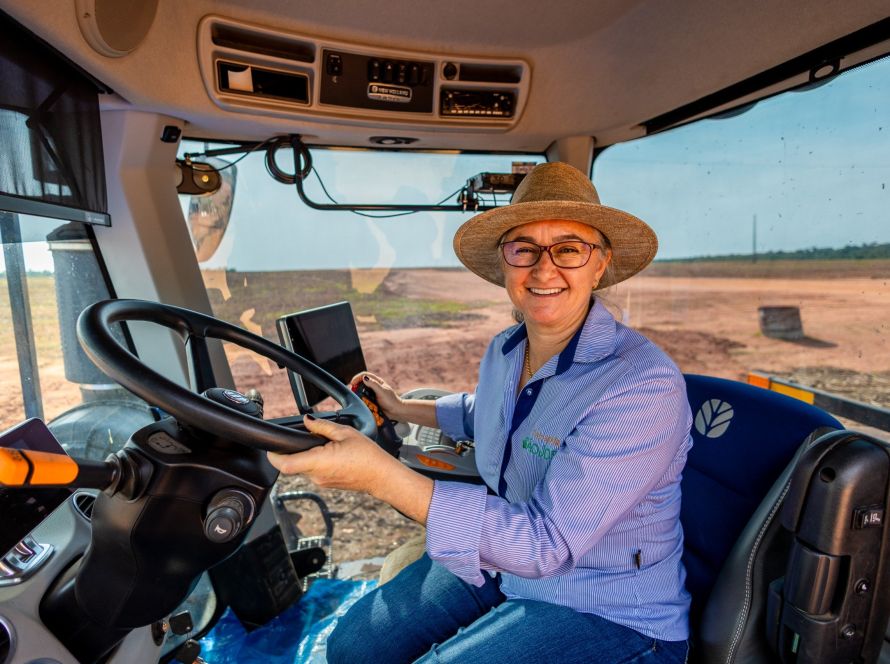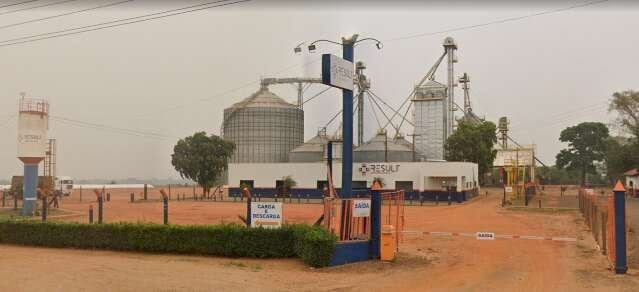![]()
SAO PAULO (Reuters) - Brazil's 2024/25 corn crop is expected to be above previous expectations, with an increase in planted area and generally favorable weather, consultancy Céleres said on Monday.
The Mato Grosso Institute of Agricultural Economics (Imea) also revised upwards the harvest projection for the state, which is the largest national producer.
Céleres estimated the country's harvest, the world's second largest corn exporter, at 135.4 million tonnes, versus 134.6 million in the previous forecast, which would represent an increase of almost 5% compared to last season, but still short of the 2022/23 record (140.2 million).
“The appreciation of corn prices since 2024 favored the expansion of the area destined for the second 2024/25 harvest by 4%, even in the face of the delay in the soybean harvest at the beginning of the year,” stated Céleres, citing the period in which Brazil harvests a large part of its cereal.
The consultancy cited Mato Grosso as a highlight.
“As a result, additional pressure is projected on domestic cereal prices in the next quarter,” said Céleres, in a report.
However, the consultancy also sees domestic demand as an important driver of support for domestic prices, “driven by the consolidation and expansion of the cereal-based ethanol industry”.
“From the producer’s point of view, the expectation of high productivity and still remunerative future prices, compared to the same period in 2023 and 2024, supports a scenario of positive margins for the sector,” he said.
MATO GROSSO
Imea raised its harvest forecast for Mato Grosso by 3.9%, to 48.9 million tons, which would be an annual increase of 3.6%.
Now the institute linked to producers sees the harvest of the current cycle surpassing the previous one with an adjustment in average productivity, of 2.5%, as well as in the planted area, at 1.34%, to 7.1 million hectares.
“Productivity maintained its upward trend, with an increase of 2.82 bags/hectare, compared to the April/25 release, reaching 114.54 bags/hectare. This increase was mainly driven by the good conditions of the crops until the end of April,” Imea said in a report on Monday.
According to the institute, a significant portion of the areas developed within an ideal rainfall regime, due to the maintenance of rainfall volumes in most regions until the end of the month.
(By Roberto Samora)





